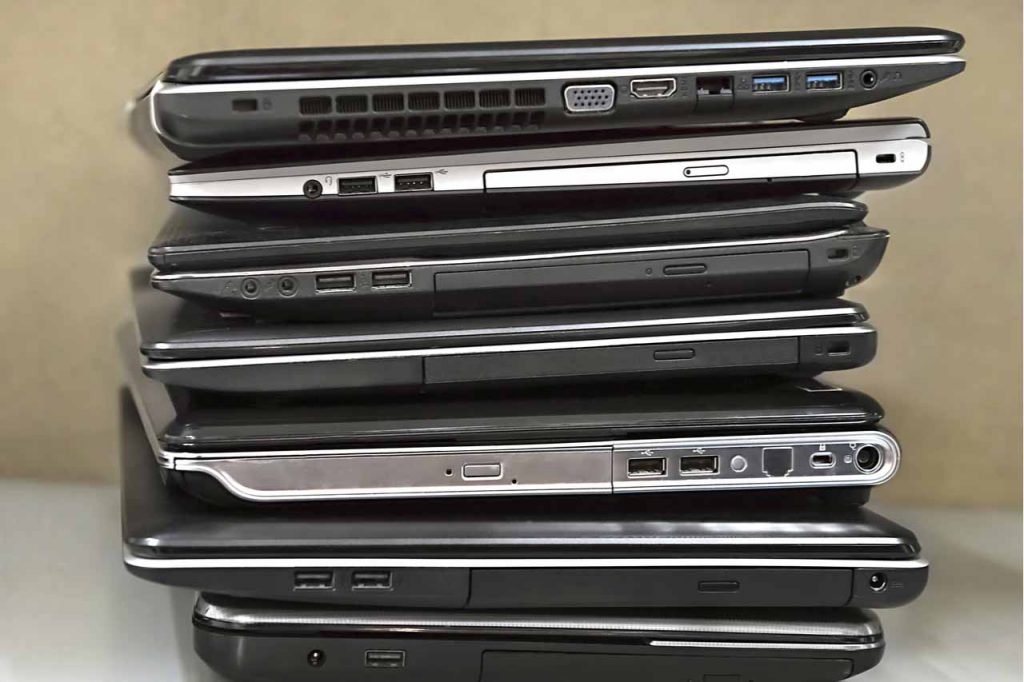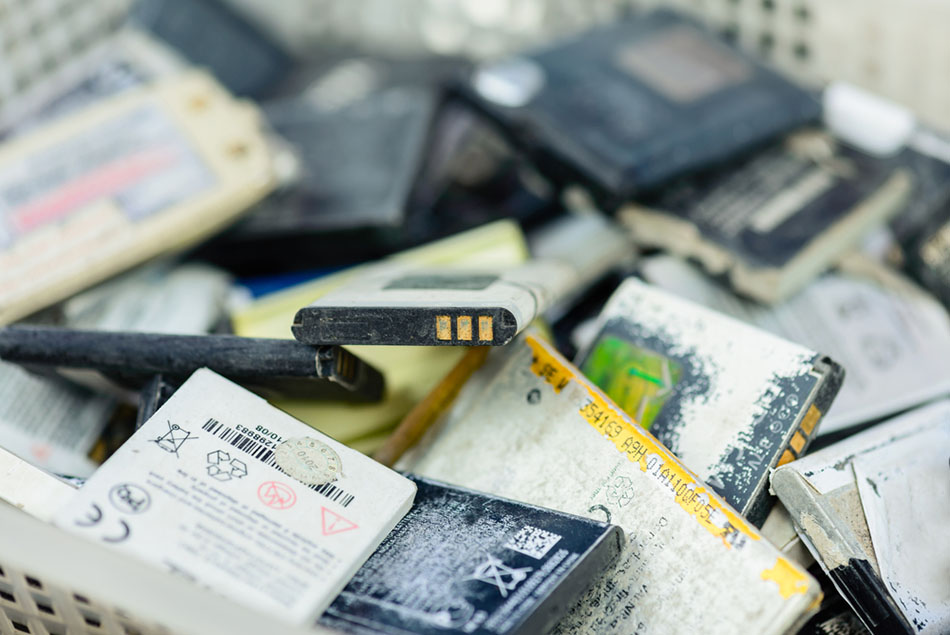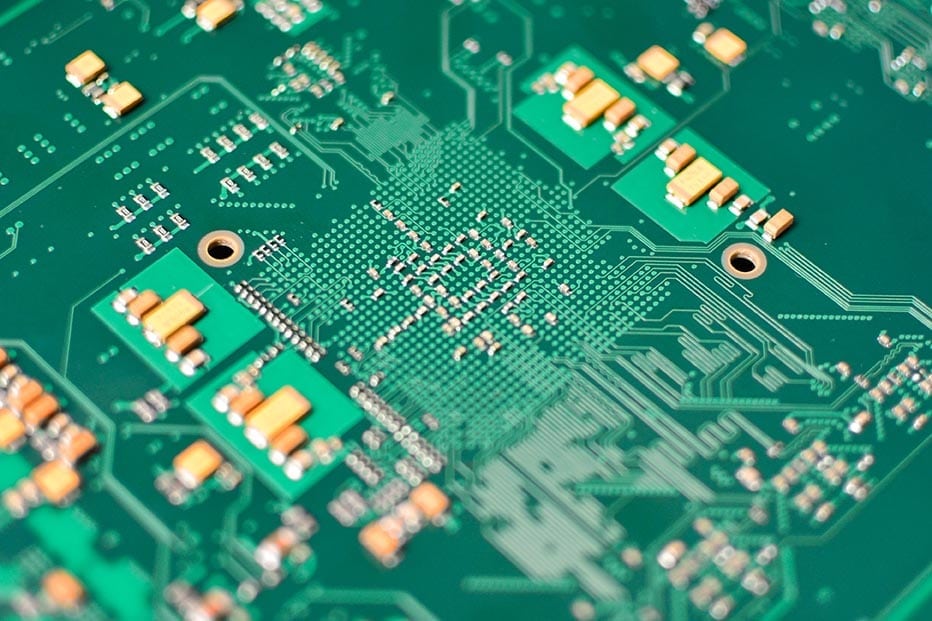
Recycle Technologies processes a variety of electronics and lightbulbs at its two facilities. | Plus69/Shutterstock
After Recycle Technologies changed hands earlier this year, Lydia Keith began leading the Minnesota-based processor. She’s an industry newcomer who has spent much of her professional life in theater, which gives her a unique view of the sector.








